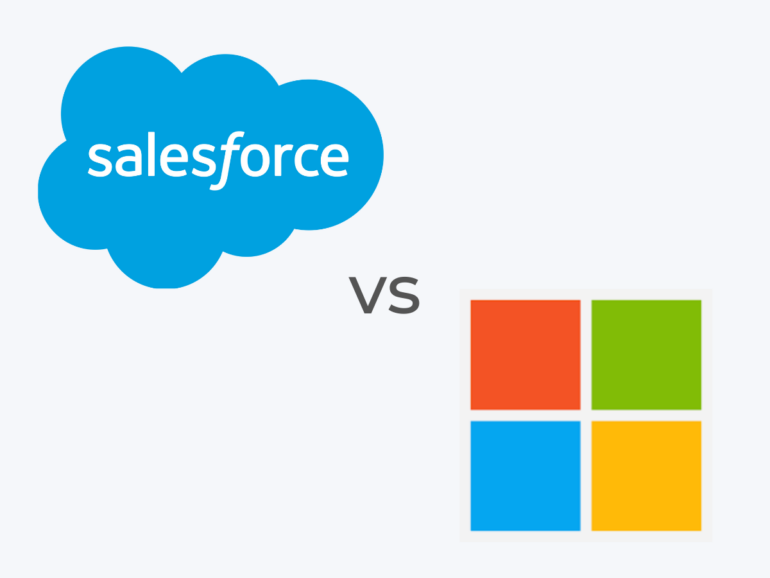
Microsoft Dynamics and Salesforce are both industry-leading business application suites that include a variety of useful enterprise tools. And while the two platforms offer solution portfolios that focus on different business audiences and use cases, they overlap in their emphasis on advanced customer relationship management features and functions.
SEE: The Ultimate Guide to Customer Service (TechRepublic Academy)
If your organization is looking for a CRM solution, Microsoft Dynamics and Salesforce are two of the top options on the market. But, which one is best for your organization? To guide you in the decision-making process, this product comparison guide looks at each CRM’s core features, its pros and cons, and what it will cost to get started with Microsoft Dynamics versus Salesforce software.
Jump to:
What is Microsoft Dynamics?
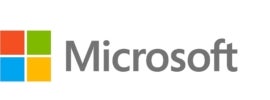
Microsoft Dynamics is a suite of intelligent business applications that improves the operational efficiency of businesses. Dynamics solutions focus on making businesses more flexible and cost-efficient, specifically with enterprise resource planning and customer relationship management solutions. Its CRM tools improve sales productivity and marketing effectiveness using business intelligence, campaign management and social insights on-premises, in the cloud or in a hybrid setup.
What is Salesforce?
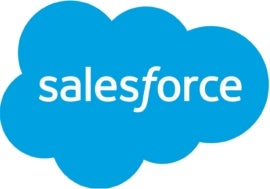
Salesforce is a company that builds cloud-based software to help businesses discover and connect to more prospects, seal more deals, and provide better customer service. Its Customer 360 CRM solution is designed to help sales, commerce, marketing, IT teams and other departments grow relationships not only with customers but also with employees. Beyond traditional CRM, Salesforce is also commonly used for app development and big data analytics through Tableau.
Microsoft Dynamics vs. Salesforce: Comparison table
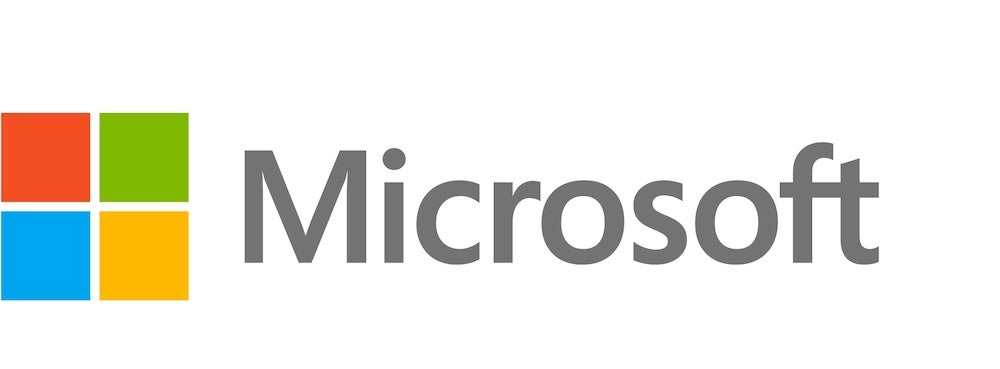 |
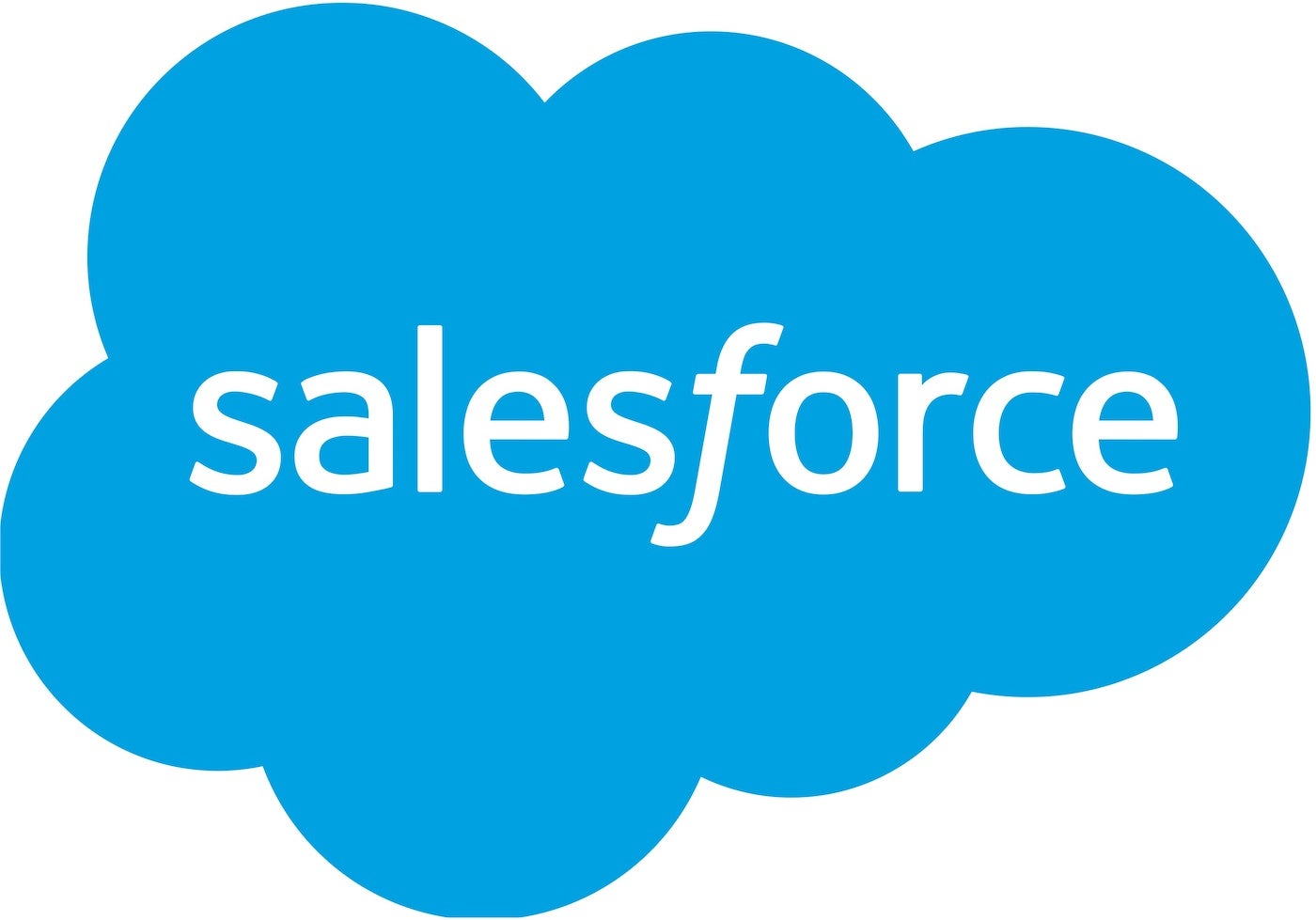 |
|
|---|---|---|
| Sales forecasting | Yes | Yes |
| Lead management | Yes | Yes |
| Sales performance management | No | Yes |
| Reporting | Yes | Yes |
| E-commerce integrations | Add-on or third-party plug-ins | Add-on |
| Deployment | On-premises, cloud or hybrid | Cloud |
| Pricing | Starts at $50 | Starts at $25 |
Microsoft Dynamics vs. Salesforce: Feature comparison
Sales and marketing
Microsoft Dynamics uses a connected sales and marketing solution to raise sales and engagement for its customers regardless of their funnel stage. It achieves this using unified data, productivity and collaboration tools.
Dynamics users can visualize customer data and use artificial intelligence to inform their decisions. Users can personalize and predict customer intent, speed up sales and marketing, automate the sales process, increase productivity, and empower and coach teams in real time.
SEE: Salesforce Industry Clouds: GM talks new products and which verticals are next on their roadmap (TechRepublic)
Salesforce approaches sales and marketing through two products: Sales Cloud and Marketing Cloud. Sales Cloud optimizes efficiency and lowers costs using data, intelligence and automation. It helps its customers achieve their goals with opportunity management, sales automation and forecast management.
Marketing Cloud enables its users to win customers and have more efficient engagements through data-first digital marketing. Users can automate engagement across channels, use intelligent insights to optimize marketing performance and personalize moments using real-time data from Salesforce Genie Customer Cloud.
Customer service
Microsoft Dynamics delivers exceptional customer journeys through an intelligent contact center solution that allows users to personalize customer experiences, raise employee effectiveness and optimize service operations. It strengthens customer connections by delivering omnichannel service, resolving customer issues faster, improving case management and evolving field service management.
SEE: IT management software: The ultimate buyer’s guide (TechRepublic)
On the other hand, Salesforce offers Service Cloud, a single platform for its users to maximize return on investment and improve efficiency, from the contact center to the field. Through features such as automation and case management, Service Cloud scales every process and personalizes each engagement with artificial intelligence.
Commerce
With Microsoft Dynamics digital commerce solutions, users can offer a unique commerce experience and adapt it to the varying purchasing needs of their customers. More specifically, Dynamics 365 makes it possible to connect the physical and digital shopping channels customers use to make shopping seamless. It also infuses intelligence across sales and retail data, improves agility for better adaptation and streamlines commerce operations.
SEE: The Ultimate Shopify & E-commerce Expert Bundle (TechRepublic Academy)
Salesforce offers Commerce Cloud to maximize companies’ revenue through flexible tools and automation. Its intelligent recommendations are generated through AI and are especially useful for increasing conversions. Commerce Cloud products include B2B Commerce, Order Management for cost-cutting and driving growth, Commerce Marketplace, and Payments.
Integrations
Both solutions provide vast integration options to their customers. However, Microsoft Dynamics’ ability to efficiently integrate management software across the departments, divisions and locations of an organization makes it a popular choice for large and scaling organizations. Additionally, one of Microsoft Dynamics’ standout integrations is its full integration with the Microsoft Office suite.
As for Salesforce, its latest integrations include Tableau and Slack to improve real-time visualizations and collaboration respectively. These integrations in particular move Salesforce a step closer to satisfying the needs of its users through one tech stack. The Tableau integration offers users instant access to customer analytics and visualizations to ensure they make the right decisions much faster; the Slack integration aims to simplify processes and collaboration to lessen organizational silos among teams.
Microsoft Dynamics pros and cons
Pros
- Integrations with Microsoft products make it a seamless solution for teams that are already subscribed to other Microsoft products.
- The low-code platform makes Dynamics simple to use and configure.
- Customization is easy using .NET, HTML and Java.
- Dynamics is highly scalable to satisfy user needs, whether scaling up or scaling down.
- Dynamics has full compliance with GDPR and other regulations, as it leverages high-quality security standards from the Azure platform.
Cons
- The minimum subscription cost is higher than Salesforce.
- There are no sales performance management, partner management or time tracking features.
Salesforce pros and cons
Pros
- Customers enjoy not only a product but a whole ecosystem of solutions.
- Salesforce includes plans suitable for small businesses and startups.
- Its automation and AI-infused solutions enable companies to generate more detailed, data-driven insights.
- Salesforce offers extensive out-of-the-box functionality.
Cons
- It is easy for users to over-customize their Salesforce solutions, making them needlessly complex and ineffective for core business functions.
- No on-premises server deployment is available, as Salesforce is fully cloud-based.
Microsoft Dynamics and Salesforce pricing
Microsoft Dynamics covers a wide scope of business areas and is individually priced for each of those areas. Its lowest-priced solution package starts at $50 per user per month. For more information on Microsoft Dynamics’ pricing breakdown for different solutions and industries, you can visit its pricing page.
Similarly, Salesforce pricing is based on both products and add-ons. When you choose an edition, you get a bundle of some of the most popular Salesforce features in a single package. Add-ons give users the ability to customize their CRM solutions to realize their desired product. The lowest-priced Salesforce product package starts at $25 per user per month. Explore Salesforce’s pricing page to determine which product or solution best fits your needs.
Which is better: Salesforce or Microsoft Dynamics?
These two top products in the CRM space are well-developed solutions on their own but are even more advanced when you consider the numerous third-party integrations each solution offers. In other words, they’re both great solutions with enterprise-level features.
Microsoft Dynamics may be the better choice if you are a larger, established business or if you already use Microsoft Office and other products in the Microsoft ecosystem. Microsoft Dynamics instances are implemented with the help of third-party reselling and consulting partners. Its dedicated focus on your specific implementation makes Dynamics a top consideration for many of the biggest and most complex enterprises.
SEE: The Salesforce Certification Essentials Bundle (TechRepublic Academy)
Salesforce serves businesses of all sizes and is particularly beneficial to customers that want to make the most of extensive integrations, an ecosystem that goes beyond CRM, advanced automations and/or AI capabilities. Additionally, it may prove more attractive to smaller and younger companies due to its lower starting price.
Read next: CRM software: Choosing the right CRM for your business (TechRepublic)